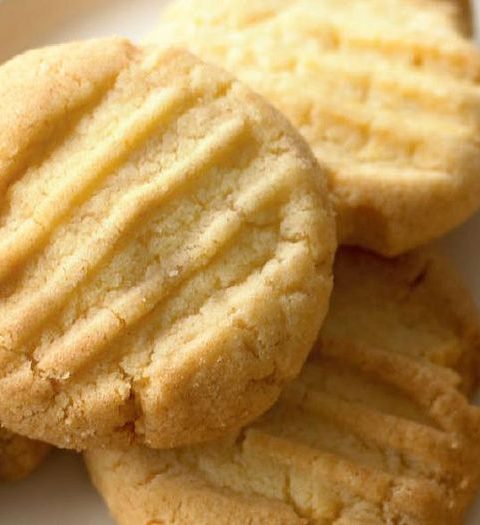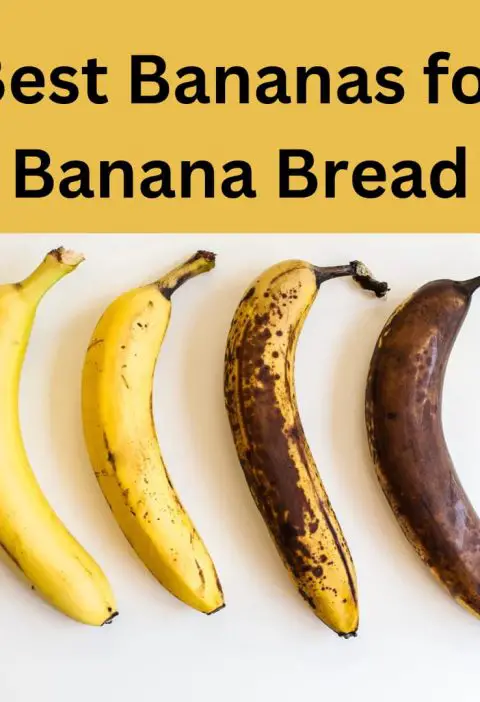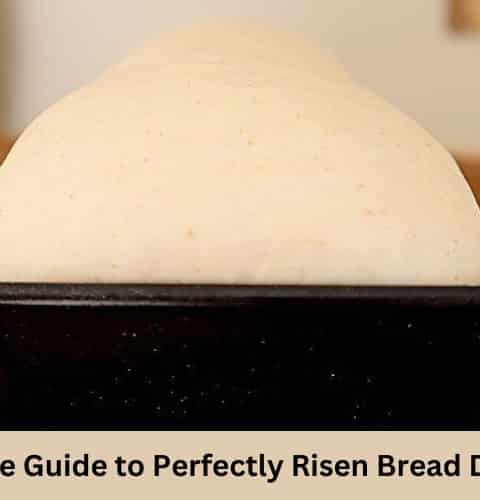Shortcrust pastry is a versatile and easy-to-make dough that can be used for pies, tarts, quiches, and more. It consists of flour, fat, salt, and water, and it has a crumbly and tender texture. However, making shortcrust pastry can also be tricky, and there are some common pitfalls that can ruin your pastry.
Here are eight tips for making the best shortcrust pastry that will impress your guests and satisfy your taste buds.
1. Use cold ingredients
One of the most important tips for making shortcrust pastry is to use cold ingredients, especially the fat and the water. This is because cold fat will create pockets of air in the dough, which will result in a flaky and light pastry. If the fat is too warm, it will melt and mix with the flour, creating a dense and tough pastry. Similarly, cold water will prevent the formation of gluten, which can make the pastry elastic and hard to roll. Therefore, make sure to chill your butter, lard, or shortening before using it, and use ice water or refrigerated water for the dough.
2. Cut the fat into small pieces
Another tip for making shortcrust pastry is to cut the fat into small pieces before adding it to the flour. This will make it easier to distribute the fat evenly throughout the flour and create a crumbly and sandy texture. You can use a pastry blender, a food processor, or your fingertips to cut the fat into the flour, but make sure not to overwork the dough or warm up the fat. The ideal size of the fat pieces should be about the size of peas or breadcrumbs.
Related: Egg Custard Tart Mary Berry
3. Add enough water
The amount of water you add to the dough can make a big difference in the quality of your shortcrust pastry. Too little water will make the dough dry and crumbly, and it will fall apart when you try to roll it or shape it. Too much water will make the dough sticky and wet, and it will shrink and become tough when baked. The exact amount of water you need will depend on the type and brand of flour you use, the humidity and temperature of your kitchen, and your personal preference. A good rule of thumb is to start with about a quarter cup of water for every two cups of flour and add more water gradually, one tablespoon at a time until the dough comes together in a ball. The dough should be moist but not sticky, and it should hold together when you squeeze it.
4. Rest the dough
After you have made the dough, you should let it rest in the refrigerator for at least 30 minutes before rolling it or shaping it. This will allow the gluten to relax, the fat to firm up, and the moisture to distribute evenly throughout the dough. Resting the dough will make it easier to roll and prevent it from shrinking or cracking when baked. You can also wrap the dough in plastic wrap and store it in the refrigerator for up to three days, or in the freezer for up to three months, and thaw it in the refrigerator before using it.
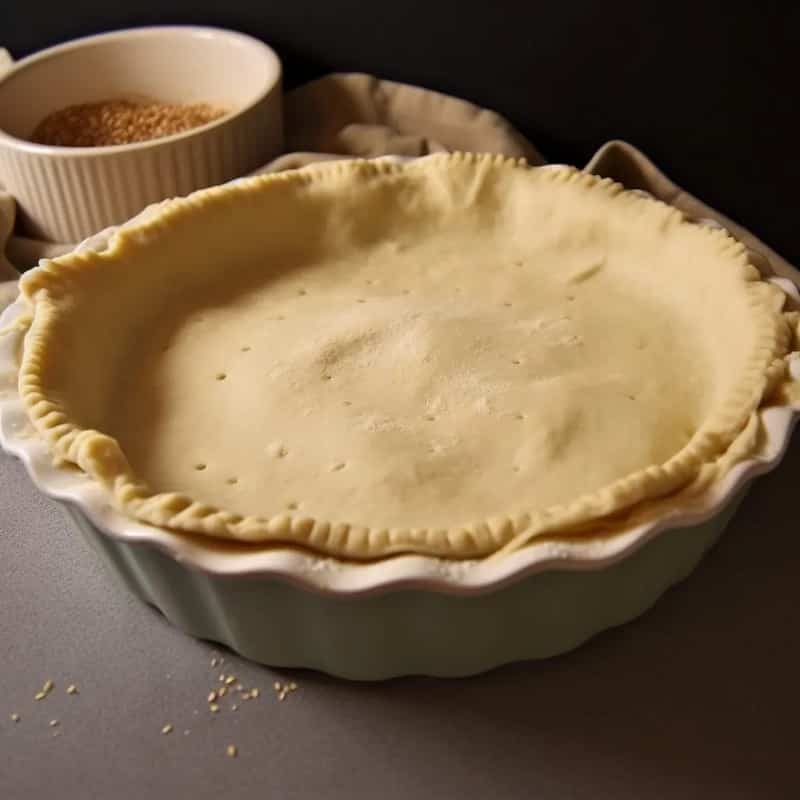
5. Roll the dough evenly
When you are ready to roll the dough, you should use a lightly floured surface and a rolling pin to roll it evenly and thinly. You should start from the center of the dough and roll outwards, turning the dough occasionally to prevent it from sticking or tearing. You should also avoid stretching or pulling the dough, as this will cause it to shrink and lose its shape. The ideal thickness of the dough should be about 1/8 inch or 3 mm, and it should be slightly larger than the size of your pie dish or tart pan.
6. Transfer the dough carefully
Gently transfer the rolled-out dough into your pie dish or tart pan without over-stretching it. You can drape it over the dish using a rolling pin or pastry scraper. Ease the dough into the corners and edges, pressing it gently into place. Trim off any excess dough, leaving about a 1/2-inch overhang. Use this overhang to create a decorative fluted or crimped edge, pressing it between your fingers or a fork. The overhang can also be used to make decorative shapes for the pie top, like leaves, cut-outs, or latticework. Chilling the trimmed crust again before baking can help relax the dough and prevent shrinking.
7. Blind bake the pastry
Blind baking is a crucial step for achieving a flaky, fully-cooked pastry crust. It involves pre-baking the crust before filling it. First, prick the bottom and sides thoroughly with a fork to prevent air bubbles. Line the crust with parchment paper or foil and fill it with pie weights, dried beans, or rice to weigh it down. Bake at 375°F for 15-20 minutes until lightly browned at the edges. Remove weights and lining and bake another 5-10 minutes until bottom is dry and bottom. This helps ensure the crust is crisp and cooked through once filled, avoiding a soggy bottom crust. Let cool slightly before filling so the crust doesn’t get soft.
For an extra flaky crust, brush with egg wash or cream before baking. You can also sprinkle sugar, spices, salt, or shredded cheese on the crust. Bake the filled pie at 350°F until the filling is bubbly and the crust is golden brown. Let cool before slicing for clean slices. Proper blind baking and filling ensures your crust retains that delicate, flaky, melt-in-your-mouth texture.
8. Flavor the pastry
The possibilities are endless when it comes to flavoring shortcrust pastry dough. Tailor it to complement your filling or meal. For sweet pies and tarts, add 1-2 tablespoons of sugar, vanilla, lemon zest, cinnamon, nutmeg, cocoa powder, or other spices to the dry ingredients. Or go in a more unique direction with ingredients like coconut, dried fruit, orange, almond, or mint.
For savory pies, incorporate grated hard cheese like parmesan, cheddar, or gruyère, fresh or dried herbs, black pepper, paprika, or other spices into the dough. You can also top the baked crust with cheese, sea salt, sesame seeds, poppy seeds, or everything bagel seasoning before baking for extra flavor and crunch.
Finish off your pastry with decorative touches too. Brush the crust lightly with milk, cream, or egg wash for sheen and color. Or sprinkle it with sparkling sugar, chopped nuts, or shredded coconut. For sweet pies, glaze the baked crust with jam, fruit preserves, honey, chocolate, or vanilla icing.
Blind baking the crust allows flavors to intensify. And be sure to let the finished crust cool properly before slicing to allow flavors to meld together. With endless flavor combos for every recipe, shortcrust pastry can be customized to your taste and creativity.
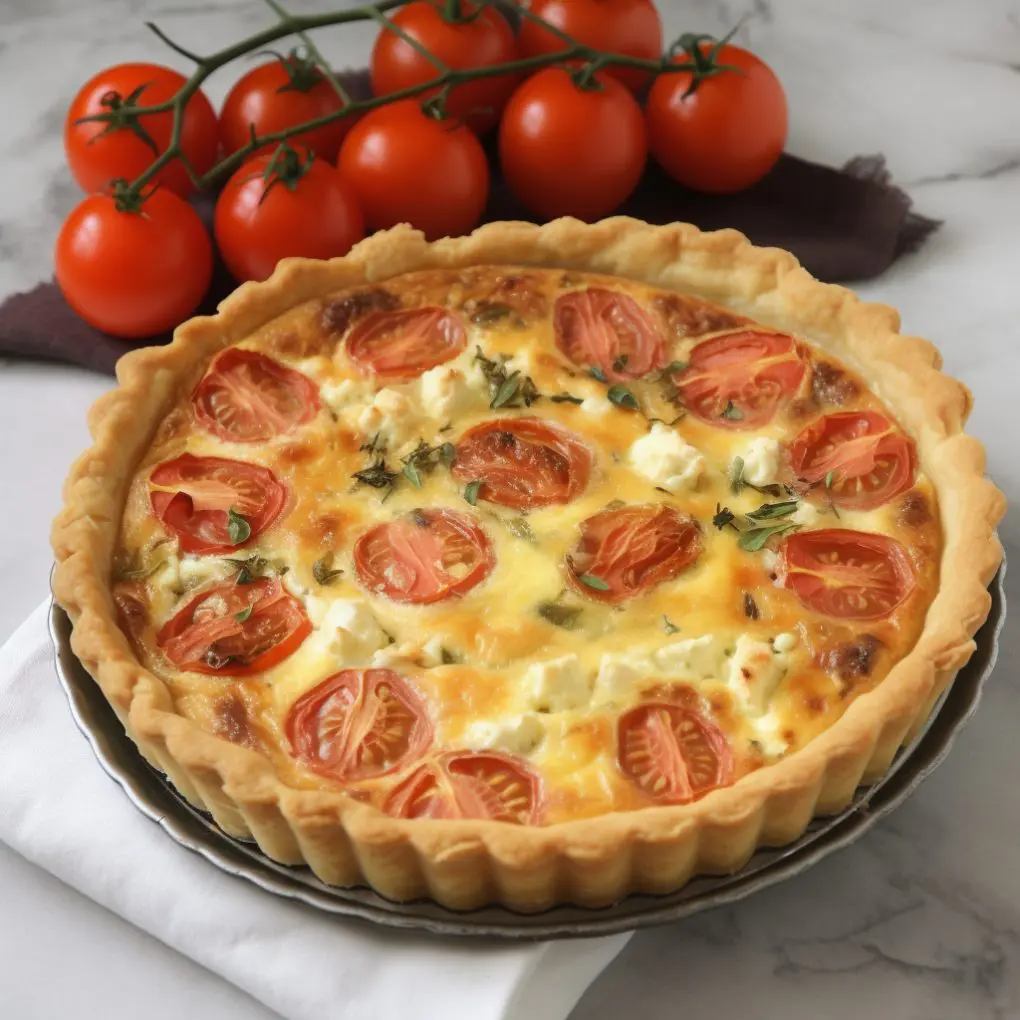
Popular Pie Recipes to Try
- Mary Berry Choux Pastry
- Mary Berry Suet Pastry
- Mary Berry Meringue
- Mary Berry Banoffee Pie
- Chicken and Leek Pie Jamie Oliver
- Mary Berry Meat And Potato Pie
- Hairy Bikers Cottage Pie
FAQs
What is the difference between shortcrust pastry and puff pastry?
Shortcrust pastry is a dough made of flour, fat, salt, and water, and it has a crumbly and tender texture. Puff pastry is a dough made of flour, water, and butter, and it has a flaky and airy texture. Puff pastry is made by folding and rolling the dough multiple times, creating thin layers of dough and butter that puff up when baked.
What kind of fat can I use for shortcrust pastry?
You can use butter, lard, shortening, or a combination of them for shortcrust pastry. Butter will give the pastry a rich and buttery flavor, but it will also make the pastry softer and more prone to melting. Lard will give the pastry a crisp and flaky texture, but it will also make the pastry less flavorful and more greasy. Shortening will give the pastry a stable and firm texture, but it will also make the pastry bland and artificial. You can experiment with different ratios of fat to find the one that suits your taste and preference.
How can I make shortcrust pastry vegan or gluten-free?
To make shortcrust pastry vegan, substitute the butter or lard with vegan butter, margarine, or coconut oil. Use non-dairy milk like almond, oat, or soy milk instead of regular milk. For gluten-free, use gluten-free flour like rice, tapioca, almond, or oat flour. Adding xanthan gum helps bind the gluten-free dough.
How can I store and reheat my shortcrust pastry?
You can store your shortcrust pastry in an airtight container or plastic wrap, and keep it in the refrigerator for up to three days, or in the freezer for up to three months. You can reheat your shortcrust pastry in a preheated oven at 350°F or 180°C for about 10 to 15 minutes, or until it is warm and crisp. You can also microwave your shortcrust pastry for a few seconds, but it will lose some of its flakiness and texture.
Final Words
Shortcrust pastry is a simple and delicious dough that can be used for various desserts and savory dishes. By following these eight tips, you can make the best shortcrust pastry that will wow your family and friends. Remember to use cold ingredients, cut the fat into small pieces, add enough water, rest the dough, roll the dough evenly, transfer the dough carefully, blind-bake the pastry, and flavor the pastry. You will be amazed by the results, and you will never buy store-bought pastry again.


